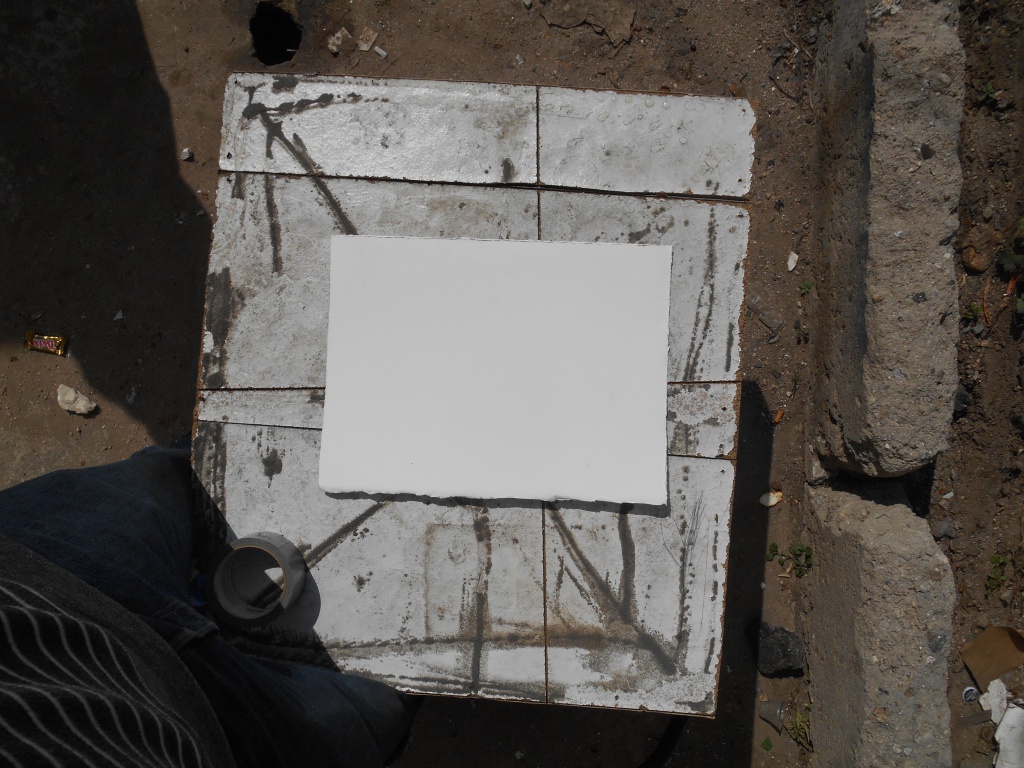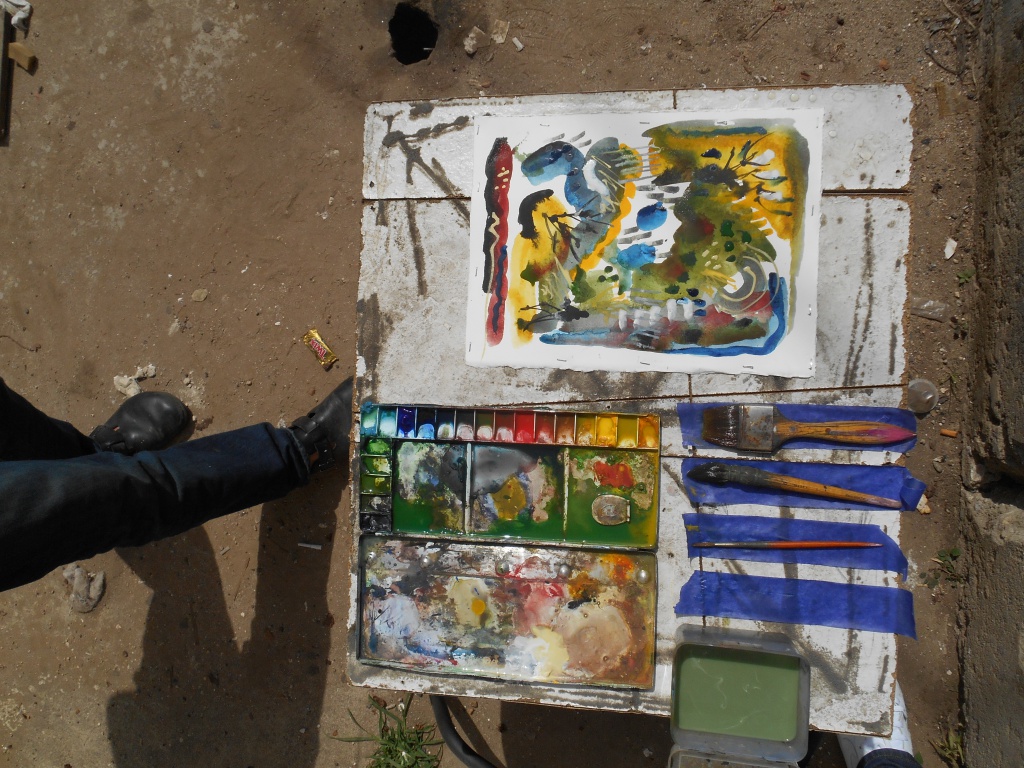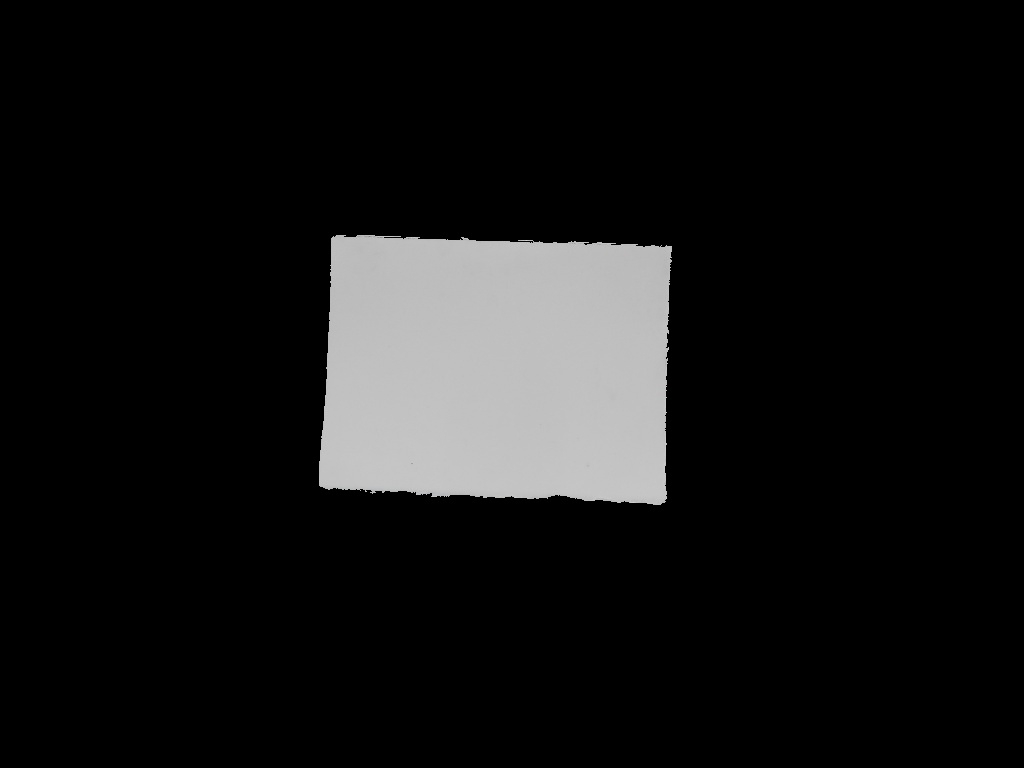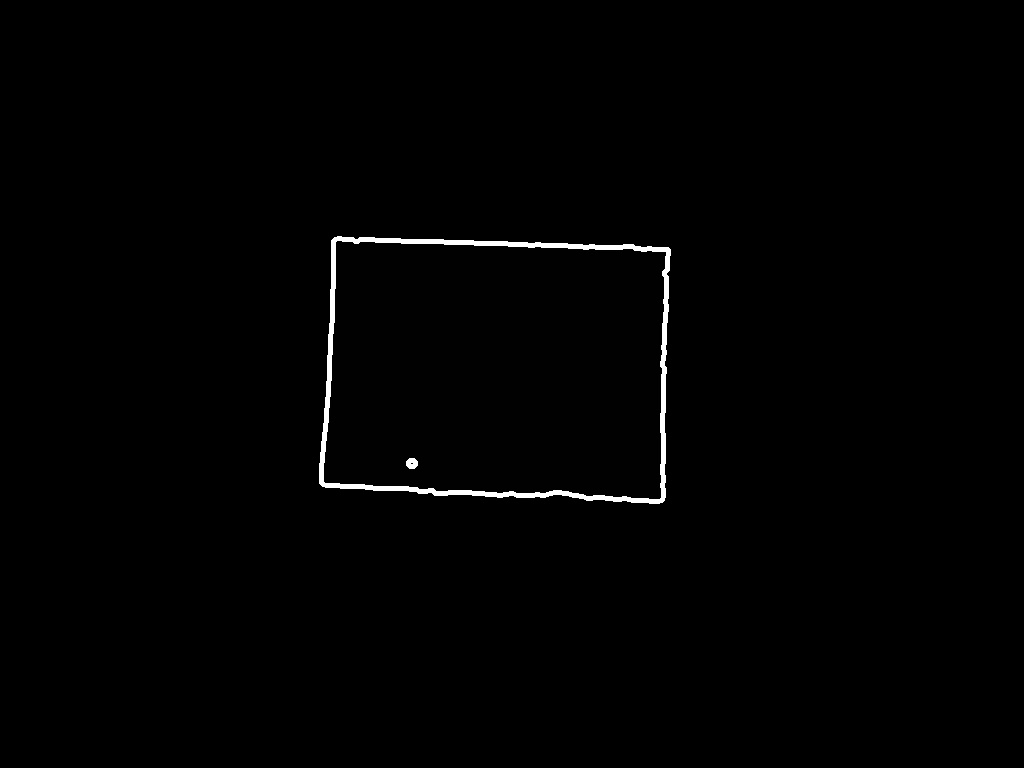Python中文网 - 问答频道, 解决您学习工作中的Python难题和Bug
Python常见问题
我有很多图片要用。但这个问题,我将只使用第一个和最后一个图像。你知道吗
图1/83

图83/83

我运行了图1的代码
import numpy as np
import cv2
def process(filename, key):
gwash = cv2.imread(filename)
gwashBW = cv2.cvtColor(gwash, cv2.COLOR_BGR2GRAY)
ret,thresh1 = cv2.threshold(gwashBW,179,255,cv2.THRESH_BINARY)
kernel = np.ones((1,1),np.uint8)
erosion = cv2.erode(thresh1, kernel,iterations = 1)
opening = cv2.morphologyEx(erosion, cv2.MORPH_OPEN, kernel)
closing = cv2.morphologyEx(opening, cv2.MORPH_CLOSE, kernel)
_, contours ,_ = cv2.findContours(closing,cv2.RETR_TREE,cv2.CHAIN_APPROX_SIMPLE)
areas = [cv2.contourArea(c) for c in contours]
idx = np.argmax(areas)
cnt = contours[idx]
mask = np.zeros_like(gwash)
cv2.drawContours(mask, contours, idx, (255,255,255), -1)
out = np.zeros_like(gwash)
out[mask == 255] = gwash[mask == 255]
cv2.imwrite('img/out{}.jpg'.format(key),out)
print idx

这一个结果我得到了更好和最坏的结果。你知道吗
这是我使用的轮廓代码和结果
import cv2
import numpy as np
import imutils
from matplotlib import pyplot as plt
def process(filename, key):
image = cv2.imread(filename)
resized = imutils.resize(image, width=600)
ratio = image.shape[0] / float(resized.shape[0])
blurred = cv2.GaussianBlur(resized, (5, 5), 0)
gray = cv2.cvtColor(blurred, cv2.COLOR_BGR2GRAY)
lab = cv2.cvtColor(resized, cv2.COLOR_BGR2LAB)
thresh = cv2.threshold(gray, 180, 255, cv2.THRESH_BINARY)[1]
imagem = cv2.bitwise_not(thresh)
th4 = cv2.threshold(gray,0,255,cv2.THRESH_BINARY+cv2.THRESH_OTSU)[1]
th3 = cv2.adaptiveThreshold(gray,255,cv2.ADAPTIVE_THRESH_GAUSSIAN_C, cv2.THRESH_BINARY,11,2)
gray_2 = cv2.cvtColor(resized, cv2.COLOR_BGR2GRAY)
gray_blur = cv2.GaussianBlur(gray, (15, 15), 0)
thresh_2 = cv2.adaptiveThreshold(gray_blur, 255, cv2.ADAPTIVE_THRESH_GAUSSIAN_C,cv2.THRESH_BINARY_INV, 11, 1)
kernel = np.ones((1, 1), np.uint8)
closing = cv2.morphologyEx(thresh, cv2.MORPH_CLOSE, kernel, iterations=500)
cnts = cv2.findContours(closing.copy(), cv2.RETR_TREE,cv2.CHAIN_APPROX_SIMPLE)
cnts2 = cv2.findContours(closing.copy(), cv2.RETR_EXTERNAL ,cv2.CHAIN_APPROX_SIMPLE)
cnts = cnts[0] if imutils.is_cv2() else cnts[1]
cnts2 = cnts2[0] if imutils.is_cv2() else cnts2[1]
# loop over the contours
for c in cnts:
# compute the center of the contour
M = cv2.moments(c)
if M["m00"] != 0:
cX = int(M["m10"] / M["m00"])
cY = int(M["m01"] / M["m00"])
else:
cX, cY = 0, 0
# multiply the contour (x, y)-coordinates by the resize ratio,
# then draw the contours and the name of the shape and labeled
# color on the image
c = c.astype("float")
c *= ratio
c = c.astype("int")
cX *= ratio
cY *= ratio
cv2.drawContours(image, [c], -1, (0, 255, 0), 5)
cv2.circle(image, (int(cX),int(cY)),5,300,3)
#r = 100.0 / image.shape[1]
#dim = (100, int(image.shape[0] *r))
#imageresized = cv2.resize(image,(2048,2048),dim,interpolation = cv2.INTER_AREA)
cv2.imwrite( 'i/image_{}.jpg'.format(key) ,QR_final )
print 'image_{}.jpg'.format(key)

所以我的问题是,使用python在所有照片中准确地找到画布形状的最佳方法是什么?你知道吗
Tags: thekeyimageimportnpcv2kernelint
热门问题
- 如何添加虚拟方法
- 如何添加表示整数的擦边字符串?
- 如何添加要在Bokeh中使用的新font.ttf文件?
- 如何添加要显示的矩阵XY轴编号和XY轴
- 如何添加计数?
- 如何添加计数器函数?
- 如何添加计数器列来计算数据帧中另一列中的特定值?
- 如何添加计数器来跟踪while循环中的月份和年份?
- 如何添加计数并删除countplot的顶部和右侧脊椎?
- 如何添加计时器wx.应用程序更新窗口对象的主循环?
- 如何添加评论到帖子?PostDetailVew,Django 2.1.5
- 如何添加评论拉梅尔亚姆
- 如何添加诸如矩阵Python/Pandas之类的数据帧?
- 如何添加谷歌地点自动完成到Flask?
- 如何添加超时、python discord bot
- 如何添加超过1dp的检查
- 如何添加距离方法
- 如何添加跟随游戏的敌人精灵
- 如何添加路径以便python可以找到程序?
- 如何添加身份验证/安全性以使用happybase访问HBase?
热门文章
- Python覆盖写入文件
- 怎样创建一个 Python 列表?
- Python3 List append()方法使用
- 派森语言
- Python List pop()方法
- Python Django Web典型模块开发实战
- Python input() 函数
- Python3 列表(list) clear()方法
- Python游戏编程入门
- 如何创建一个空的set?
- python如何定义(创建)一个字符串
- Python标准库 [The Python Standard Library by Ex
- Python网络数据爬取及分析从入门到精通(分析篇)
- Python3 for 循环语句
- Python List insert() 方法
- Python 字典(Dictionary) update()方法
- Python编程无师自通 专业程序员的养成
- Python3 List count()方法
- Python 网络爬虫实战 [Web Crawler With Python]
- Python Cookbook(第2版)中文版
目前没有回答
相关问题 更多 >
编程相关推荐